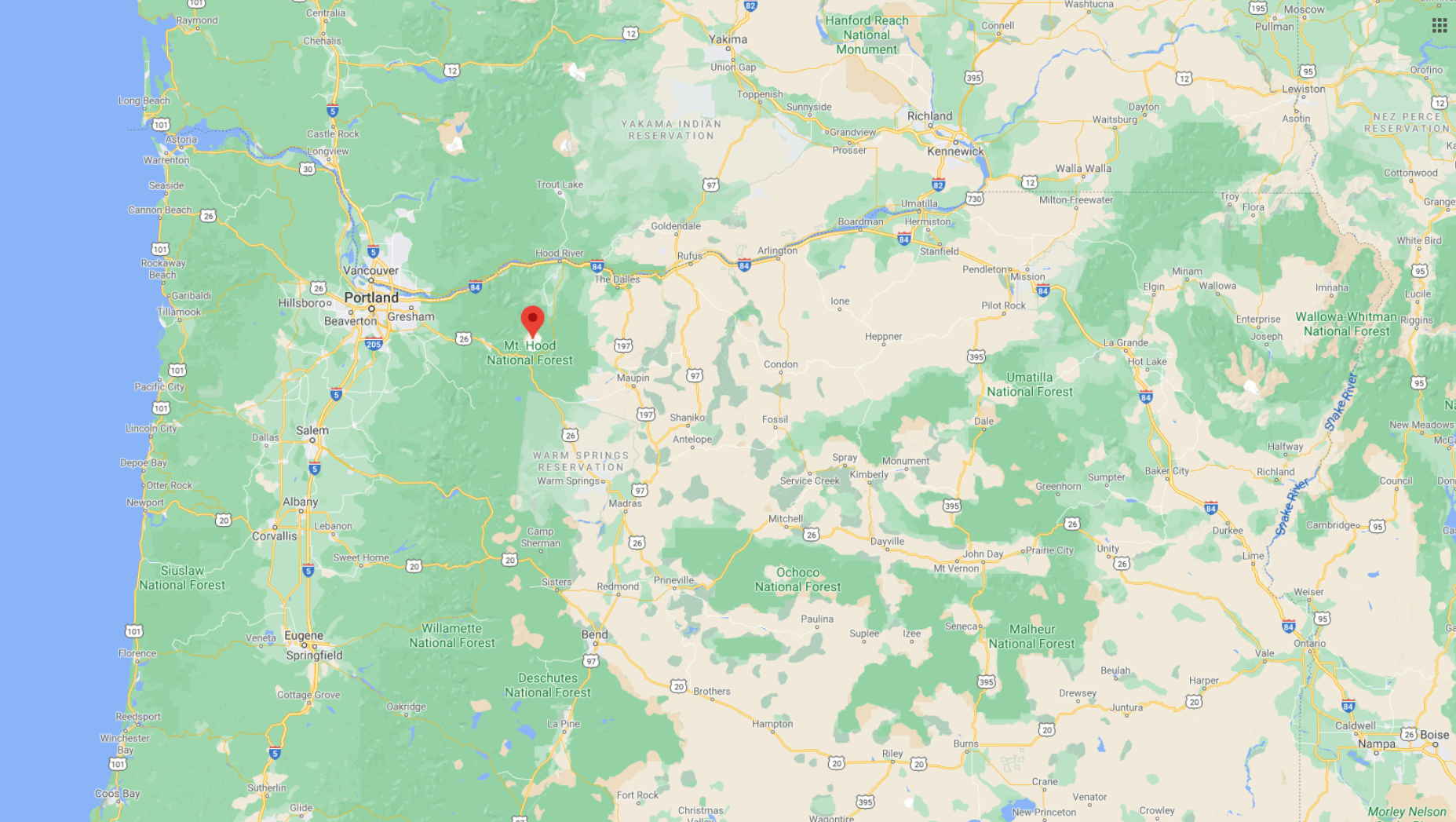
The body of a climber missing since Tuesday was found in a crevasse high on Mount Hood, OR last week.
Austin Mishler, 27, was discovered at about the 9,400-feet on the north side of the 11,250-foot highest peak in Oregon.
Mishler was an experienced climber and wilderness guide from Bend, OR. He was reported to be camping on the mountain Monday night and planned to climb in the Eliot Glacier area on Tuesday. The alarm was raised when he failed to return home as expected on Tuesday night.

On Wednesday, search and rescue teams in the air spotted a tent believed to be Mishler’s at about the 8,700-foot level. When ground teams reached the tent on Thursday, they found it empty.
The sheriff’s office said in an announcement “our thoughts and prayers are with his family at this time.”
Mount Hood is a potentially active stratovolcano in the Cascade Volcanic Arc. It was formed by a subduction zone on the Pacific coast and rests in the Pacific Northwest region of the United States. It is located about 50 miles east-southeast of Portland, on the border between Clackamas and Hood River counties. In addition to being Oregon’s highest mountain, it is one of the loftiest mountains in the nation based on its prominence, and it offers the only year-round lift-served skiing in North America.
The height assigned to Mount Hood’s snow-covered peak has varied over its history. Modern sources point to three different heights: 11,249 feet, a 1991 adjustment of a 1986 measurement by the U.S. National Geodetic Survey (NGS), 11,240 feet based on a 1993 scientific expedition, and 11,239 feet of slightly older origin. The peak is home to 12 named glaciers and snowfields. It is the highest point in Oregon and the fourth-highest in the Cascade Range. Mount Hood is considered the Oregon volcano most likely to erupt, though based on its history, an explosive eruption is unlikely. Still, the odds of an eruption in the next 30 years are estimated at between 3 and 7%, so the U.S. Geological Survey (USGS) characterizes it as “potentially active”, but the mountain is informally considered dormant.
